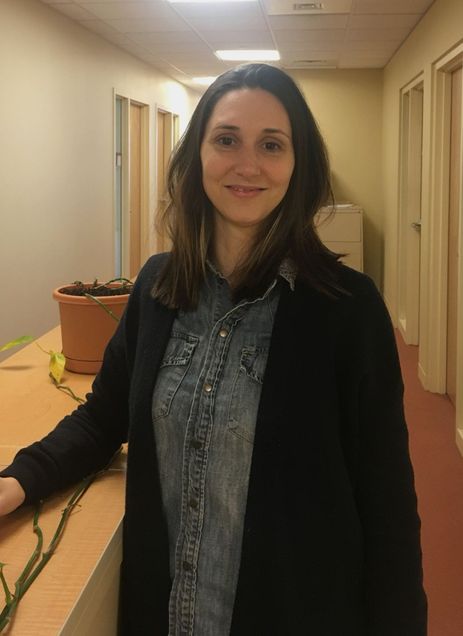Spotlight on…Sara Lodi
Spotlight on…Sara Lodi
Sara Lodi, PhD, a Biostatistician from the BDM Core and Assistant Professor of Biostatistics at Boston University School of Public Health
As told to URBAN ARCH Admin Core staff, November 2017
Tell us about your path of a PhD in Medical Statistics. What do you like most about being a statistician?
a statistician?
Being a statistician is great. I’ve always loved math, so that is why I chose this career path. I’ve also always been interested in science and medicine, so being a statistician combines all of those interests. This career has allowed me to be involved in a variety of studies and to learn a lot about public health questions and to research areas that are different for each project. In terms of methods, every study is different, so there is something new to learn and add to the project.
We’ve noticed you’ve done a lot of work internationally, mostly in Europe. What did you most enjoy about your experience working in those countries?
I really enjoy it because I’ve been able to work not only in large international collaborations of HIV cohorts in Europe, but also in cohorts in North America. It’s been a great experience because I’ve been able to work with experts in the field, as well as working with people from very diverse backgrounds and interests, such as epidemiologists, physicians, and statisticians. When you are able to work with different people, you are able to learn so much.
I’ve also been able to live in many different places. I completed by PhD and Masters in the United Kingdom, and I lived in Belgium and Spain for a few years. I lived in London for 7 years, and now I live here in Boston with my two kids and my husband, who is from Boston.
How has your work abroad complimented your work here in the U.S.?
I would say that I came to the U.S. to compliment my work I was doing in Europe. In Europe, I was a statistician for many international HIV cohorts, but I reached a point where I needed to use methods that I wasn’t able to learn in Europe. In particular, causal inference methods, which estimate the effectiveness of treatments in situations where you have time varying confounding. I didn’t have knowledge of those methods, which is why I came to the U.S. to work with the causal inference group at Harvard, where I worked for 5 years. I was able to learn a lot about causal inference methods, and I hope to translate that knowledge here.
What are some similarities and differences in a biostatistician’s work in the different countries that you’ve worked in?
From my experience, biostatisticians in Europe are more applied than in the US and often take the lead for non-methodological papers. Biostatisticians here in the US are more math-oriented and tend to write more methodological papers.
You recently joined the Biostatistics department at Boston University as an Assistant Professor, and have joined the BDM Core. What are you most looking forward to in your new role? Will you be working with any specific URBAN ARCH studies?
As a part of the BDM Core, I will be supervising some of the statistical analysis on some projects, as well as helping on some analyses for the ZINC trial. I will be using certain analytic methods to adjust for the fact that some of the people in the trial did not fully adhere to the study protocol. So we will be working to see if we can use causal inference methods to adjust for this issue.
I am looking forward to this collaboration because it’s a really successful group. This role will be very interesting for me because I’ve worked in several aspects of HIV research, but never worked in HIV and substance use. It is an honor for me to work with these leading experts in the field. Even though these are relatively small cohorts, it is amazing how impactful the study findings are.
Tell us something surprising about yourself.
I like gardening. I have a vegetable garden in my yard, which I really enjoy. I grow a lot of tomatoes, eggplants, and every year I experiment with a different type of vegetable. Unfortunately, I couldn’t use any of them for Thanksgiving because the weather was too cold last week, but I am hopeful for next year!